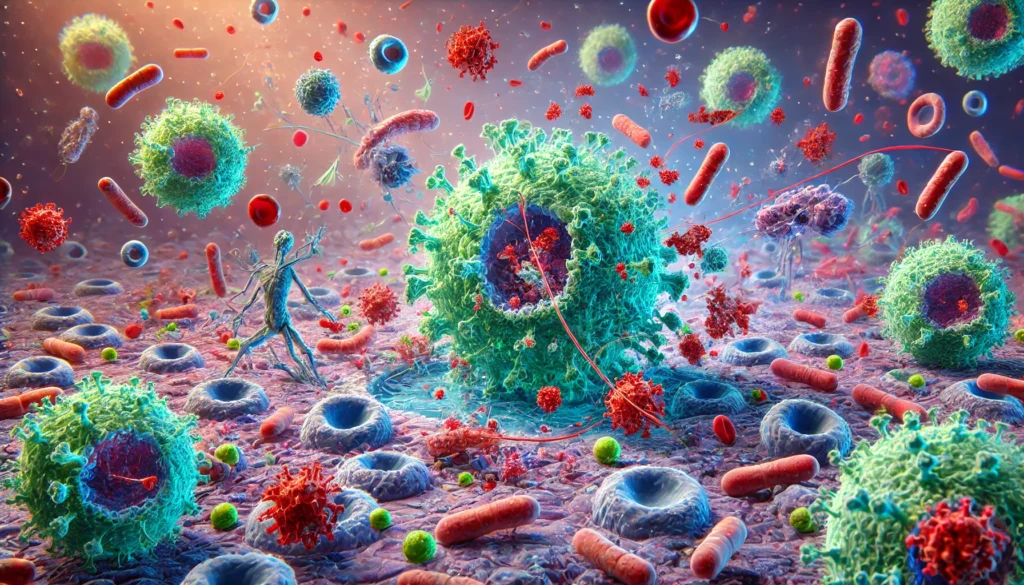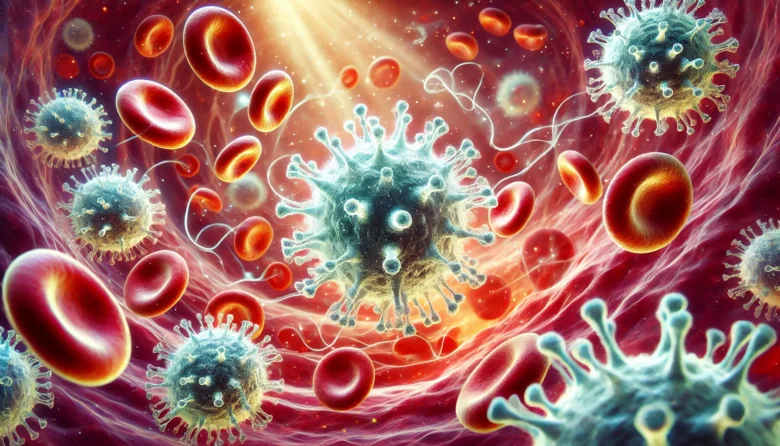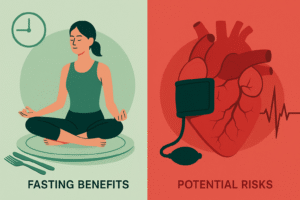Fun Fact: Did you know that your body can produce up to 1 million new white blood cells every second to help fight off infections?
Introduction:
The human body is a complex machine with incredible self-defence mechanisms, and understanding these systems is key to appreciating just how resilient we are. This self-defence system is our immune system, the core of human immunology, which works tirelessly behind the scenes to protect us from viruses, bacteria, and other foreign invaders. In this blog, we’ll dive into the science of human immunology, exploring the defence mechanisms that keep us safe and healthy every day.
The Layers of Defense: Barriers and Soldiers
Our immune system operates on multiple levels, like a fortress with layers of security. The first line of defence is our body’s physical barriers—our skin, mucous membranes, and even tears. These barriers work much like the walls of a castle, preventing invaders from entering.
Skin and Mucous Membranes: The skin serves as a protective shield, while mucous membranes form a lining along our respiratory and digestive systems. The mucus traps harmful particles like bacteria and dust, and in some cases, like when we sneeze or cough, our body literally expels these invaders.
The Role of White Blood Cells (WBCs): When invaders manage to breach these walls, our immune system deploys its soldiers—white blood cells. These cells come in different forms: neutrophils are the first responders, lymphocytes (like T cells and B cells) are more specialized, and macrophages are the clean-up crew, engulfing invaders.

The Innate Immune System: Fast but Non-Specific
The innate immune system is the body’s rapid-response team, dealing with threats immediately but without specificity. This means it can handle many different kinds of infections, but it doesn’t “remember” the invaders.
Inflammation: If you’ve ever cut yourself and noticed the area becoming red and swollen, that’s inflammation at work. This is the innate immune system’s way of increasing blood flow to bring more immune cells to the site of infection or injury.
Phagocytes: These are cells that “eat” invaders, and they are essential in the early stages of an immune response. Macrophages and neutrophils are the most common types of phagocytes.
The Adaptive Immune System: Slow but Precise
The adaptive immune system takes over when the innate system needs backup. Unlike the innate system, it targets specific pathogens and remembers them for future encounters. This is what makes vaccines so effective.
T Cells and B Cells: T cells (T lymphocytes) are like the immune system’s generals. They coordinate the attack and even destroy infected cells directly. B cells (B lymphocytes) produce antibodies, which are like “wanted posters” that mark pathogens for destruction.
Antibodies: These are Y-shaped proteins that bind to specific antigens (foreign substances like bacteria or viruses). Once bound, the antigen can’t infect healthy cells and is marked for destruction by other immune cells.
Vaccination and Memory Cells: A fascinating feature of the adaptive immune system is its ability to remember past infections. After exposure to a pathogen, memory cells (a type of T and B cells) remain in the body, ready to respond quickly if the same pathogen reappears. This is the science behind vaccines, which introduce a harmless part of the pathogen to your body so it can prepare for the real thing.
Real-World Defense: Case Study on Immunology
Consider the case of Influenza. Every year, new strains of the flu virus emerge, challenging our immune system. In 2009, the H1N1 pandemic put this system to the test globally. People who had been vaccinated against the flu had a better chance of defending themselves because their immune systems recognized parts of the virus, even though it was a new strain.
Autoimmune Disorders: When Defense Mechanisms Go Wrong
In some cases, the immune system becomes overly aggressive and mistakenly targets healthy cells, resulting in autoimmune conditions such as rheumatoid arthritis or type 1 diabetes. In these cases, the body’s immune system mistakes its own tissues for foreign invaders. Researchers are continuing to explore the causes of this phenomenon and how it can be prevented.
Immunodeficiency: When the Defenses Are Weak
On the flip side, immunodeficiency disorders, like HIV/AIDS, result in a weakened immune system. In these cases, the body can’t fight off infections effectively, leading to frequent and severe illnesses. This is why people with weakened immune systems must take extra precautions to avoid infections.
Conclusion:
Human immunology is a marvel of biological engineering. From our physical barriers to the specialized cells that patrol our bloodstream, our immune system works day and night to protect us. Although the immune system can occasionally falter or be overrun, modern medical advancements like vaccines and therapies for immune-related disorders are helping us lead longer, healthier lives. So next time you get a cold or flu, remember: your immune system is working hard, and it’s smarter than you think.
Author’s Note:
Understanding how your immune system works gives you a whole new appreciation for what’s happening inside your body every day. Stay informed, keep your vaccinations up to date, and give your immune system the tools it needs to defend you.
G.C., Ecosociosphere contributor.
References and Further Reading:
- National Institutes of Health – Overview of the Immune System
- World Health Organization – Immunization and Vaccines
- Similarities Between T Cells and B Cells – KnowsWhy.com. https://knowswhy.com/similarities-between-t-cells-and-b-cells-2/
- In Vitro Technologies: Immunology. https://lifescience.invitro.com.au/applications-and-techniques/immunology/
- Should You Get a Flu Shot Every Year – Men’s Fit Club. https://mensfitclub.com/mens-health/flu-shot-or-not/




